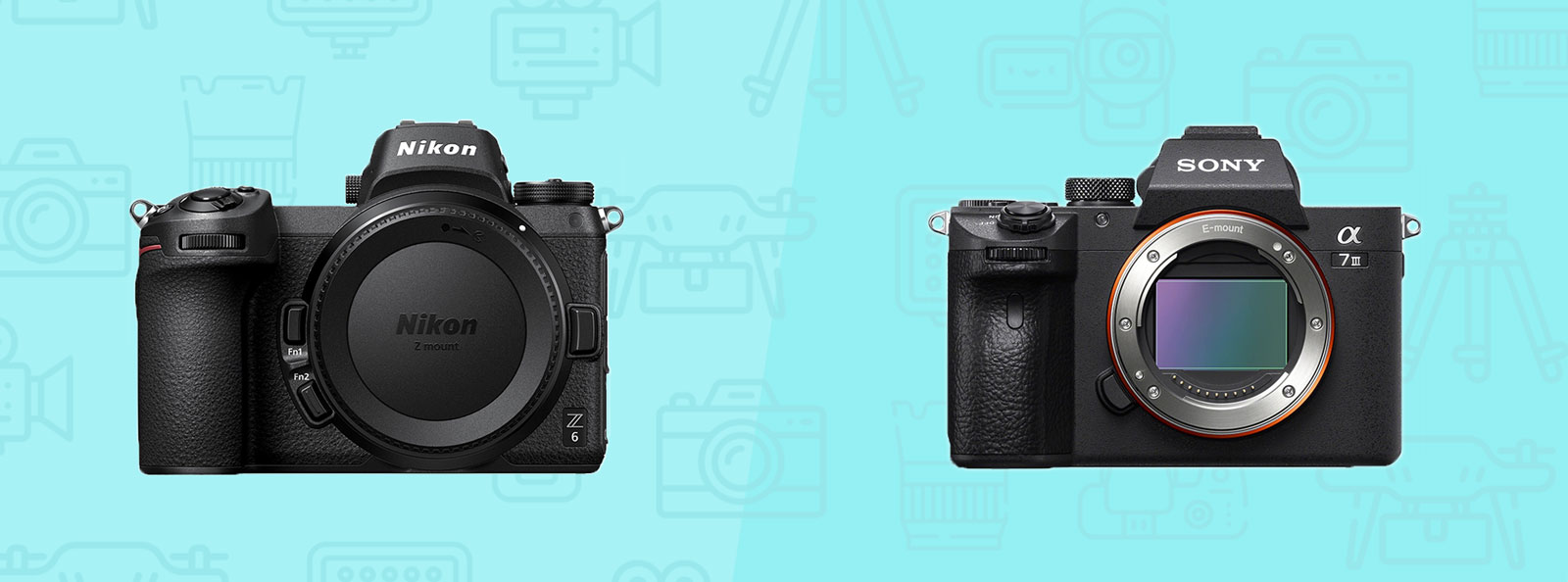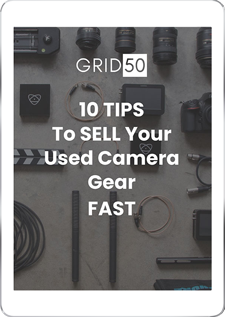Nikon Z6 vs. Sony A7 III: The Ultimate Comparison
In this article, we break down the differences between these two cameras to help you decide which is the best choice to fit your needs.
The Nikon Z6 and the Sony A7 III are both full-frame mirrorless cameras made for the enthusiast market, but each of these cameras is well-rounded enough that advanced photographers and professionals will be impressed with their abilities.
The Nikon Z6 is Nikon’s first step into the full-frame camera game, while the Sony A7 III is one of Sony’s well established full-frame models.
With both of these cameras being released in the same year and being in the same price range, there are slight differences in design and performance to help you decide which camera is the better fit. Check out the key details and our in-depth comparison to find out if the Nikon Z6 or the Sony A7 III is the best option for you.
Check out the key details and our in-depth comparison to see which of these beginner cameras would be the best fit.
Key Details at a Glance:
Below are the side-by-side specs of the Nikon Z6 and the Sony A7 III:
| Nikon Z6 | Sony a7 III | |
| Price | New: $1596.00 | New: $1,998.00, Used: $1,700 |
| Release Date | 8/23/2018 | 2/27/2018 |
| Sensor | 25MP Full Frame BSI CMOS | 24MP Full-Frame BSI-CMOS |
| Viewfinder | EVF | EVF |
| Articulating LCD Screen | Yes | Yes |
| LCD Screen Size | 3.2 | 3 |
| Viewfinder Resolution | 3690k | 2359k |
| Lens Type | Nikon Z Mount | Sony E Mount |
| Continuous Shooting Speed | 12.0 fps | 10.0 fps |
| Video Resolution | 3840×2160 | 3840×2160 |
| Weather sealed | Yes | Yes |
| Image Stabilization | Yes | Sensor-Shift |
| Color Depth | 25.3 | 25.0 |
| Dynamic Range | 14.3 | 14.7 |
| Low Light ISO | 3299 | 3730 |
| Battery Life | 330 shots | 610 shots |
| Time Lapse Recording | Yes | Yes |
| Touchscreen | Yes | Yes |
| Selfie Friendly LCD | No | No |
| Wireless Connection | Yes | Yes |
| Bluetooth Connection | Yes | Yes |
| Microphone Port | Yes | Yes |
| AE Bracketing | Yes | Yes |
| Smartphone Remote | Yes | Yes |
| Built-in Flash | No | No |
| External Flash | Yes | Yes |
| Lenses Available | 15 | 116 (72 Full Frame) |
| Dimensions | 134x101x68mm | 127x96x74mm |
| Weight | 675g | 650g |
In-Depth Comparison
The Nikon Z6 and the Sony A7 III are both full-frame mirrorless cameras marketed towards semi-professionals and enthusiasts who want a camera that can perform at a wide range. The Nikon Z6 is Nikon’s attempt to break into the full-frame mirrorless category, while the Sony A7 III is Sony’s third generation of this camera type.
The Nikon Z6 is a powerhouse debut, proving Nikon has the ability to tap into the full-frame mirrorless market, but how does it stack up against the Sony A7 III?
Design
Both of these cameras stay true to their brands signature design. The Nikon Z6 can be described as a mirrorless version of the Nikon 750 DSLR, so it is a great choice for photographers who are already comfortable with the Nikon layout.
The Sony A7 III is a sleeker, compact full-frame model that features a deep grip for easy handling. Sticking with a familiar layout for the Sony A7 series, the Sony A7 III is a solid option for Sony enthusiasts.
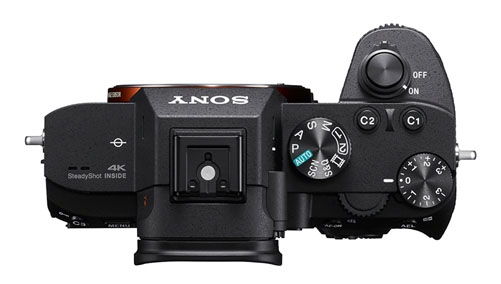 Image via Fotocare
Image via Fotocare
Both of these cameras feature articulating touch screen LCD screens, but the Nikon Z6 is slightly larger (3.2’’ compared to the Sony A7 III’s 3.0’’ screen size). Since the screens are fully articulated, both of these cameras are great for catching photos at different angles. Each of these cameras are relatively light for full-frame models, but the Sony A7 III comes in at 650g, making it the lighter option for those who want a more agile model.
The Nikon Z6 is weather-sealed, which means it can handle tough conditions during outdoor shoots. The Sony A7 III makes claims to be weather-resistant meaning it may be the more durable option for outdoor photographers.
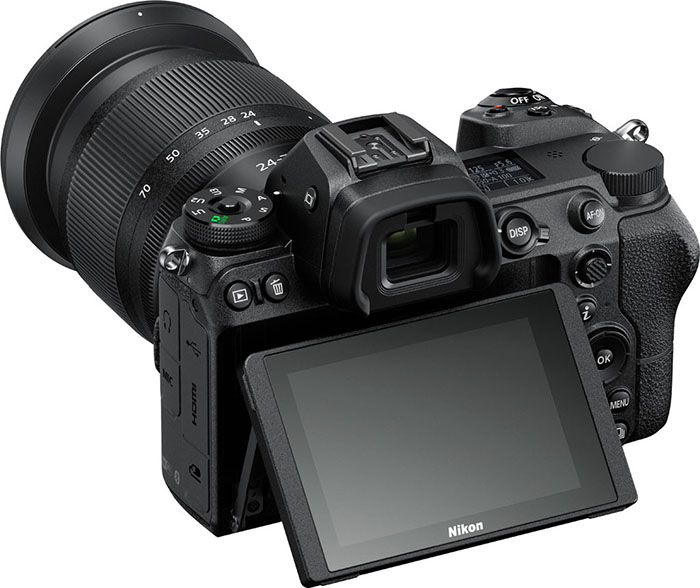
Image via Imaging Resource
Since the Nikon Z6 is Nikon’s first model in the full-frame series, Nikon decided to go with a new lens mount design known as the Nikon Z mount, which means there are only 15 lens options for this model. The Sony A7 III uses the Sony E mount, and features 116 lenses, 72 of which are full-frame options.
Speed & Performance
The Nikon Z6 and the Sony A7 III are two well-rounded machines built to go the distance during long shoots. With quick continuous shooting speeds, these cameras are great for action and outdoor photographers.
Compared to the Nikon Z6 and its battery life of 330 shots, the Sony A7 III has a battery life of 610 shots, which makes it the obvious choice for photographers who plan on doing longer shoots.
The Nikon Z6 has an impressive continuous shooting speed of 12.0fps, so it is definitely the quicker option. The Sony A7 III comes in with a speed of 10.0 fps, which is still quick for those who want to use it for action pictures. Both of these models are ideal for action and sports photographers, but the Nikon Z6’s speed makes it the better option of the two.
Action Image Example from the Nikon Z6:

Image via DPReview
While the Nikon Z6 wins out in continuous shooting speed, the buffer capacity of the Sony A7 III is much higher than the Nikon Z6. The Sony A7 III can take 40 uncompressed RAW images, 89 compressed RAW images, or 177 JPEGs in a single burst, whereas the Nikon Z6 is only able to take 37 uncompressed RAW images or 44 JPEGs.
With the higher buffer capacity and almost double the battery life of the Nikon Z6, the Sony A7 III is the better choice between these two cameras if your biggest deciding factor is long-lasting and quick performance.
Autofocus & Image Quality
Another key difference between these two cameras is the autofocus system. While both of them have impressive autofocus ability, the Sony A7 III has a system of 693-points, which cover most of the full-frame. The Nikon Z6’s system features 273-points, which cover about 90% of the frame.
The Nikon Z6’s autofocus system comes with impressive ability, like its 3D tracking system and low light ability. This camera can autofocus as low as -4EV in low light mode, which makes it a great choice for photographers who plan on shooting in a range of lighting scenarios.
The Sony A7 III performs as one of the best cameras on the market for low-light shooting. This camera has excellent noise-reduction, and produces sharp images at low EV levels. The Nikon Z6 has less noise-reduction ability than the Sony A7 III, but it does strike a balance between detail and noise, making it a solid competitor to the Sony.
Image Example from the Sony A7 III:
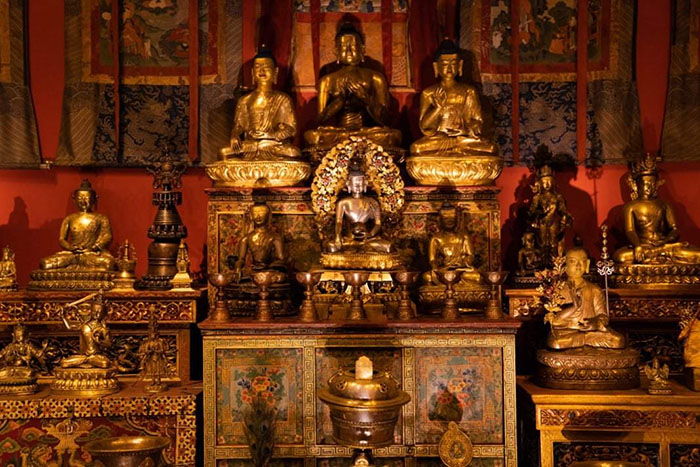
Image via Have Camera Will Travel
Video Features & Quality
Video is one area where there isn’t much difference between these two cameras. Both the Nikon Z6 and the Sony A7 III can shoot at 3840×2160 up to 30fps, with the option for 120 fps in high speed.
The Nikon Z6 and the Sony A7 III’s autofocus systems make for smooth autofocus during shooting, but the Nikon Z6 does shoot in ‘silent’ mode when utilizing autofocus, so there is less noise interruption.
Final Thoughts
The Sony A7 III and the Nikon Z6 are impressive full-frame cameras for mid-level and advanced photographers. These cameras bring a well-rounded set of features that will help meet the needs of most action and outdoor photographers, as well as the ability to perform well in low-light situations.
For those who are fans of Nikon’s design and are willing to invest in the Nikon Z lenses, the Nikon Z6 is the way to go. With a similar design of the Nikon D750 adapted to its full-frame ability, the Nikon Z6 is the go-to choice for Nikon enthusiasts.
For fans of Sony, the Sony A7 III expands upon the features of the Sony A7 generation, and provides versatile features that can meet the needs of any advanced photographer.
As far as speed and performance are concerned, the Nikon Z6 caters to the needs of action photographers with an impressive burst rate and reliable AF system. The Sony A7 III shines in areas of buffer capacity and full-frame AF coverage, which means it the better choice for those who want more images from each burst.
Overall, both of these cameras are exceptional, well-rounded options for full-frame models. The Nikon Z6 is an impressive powerhouse best suited for those who want quick continuous shooting, and the Sony A7 III is perfect for those seeking a long-lasting battery and impressive low-light image performance.
